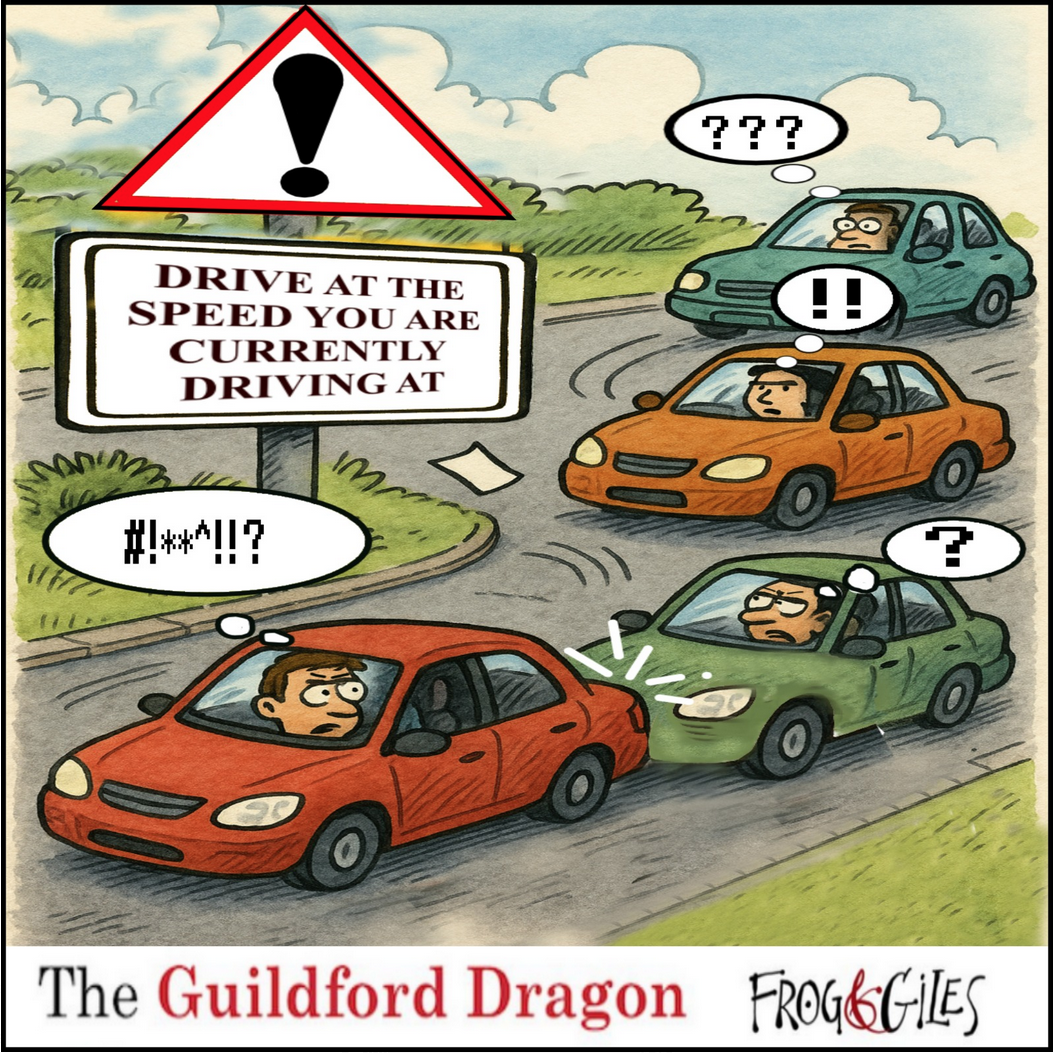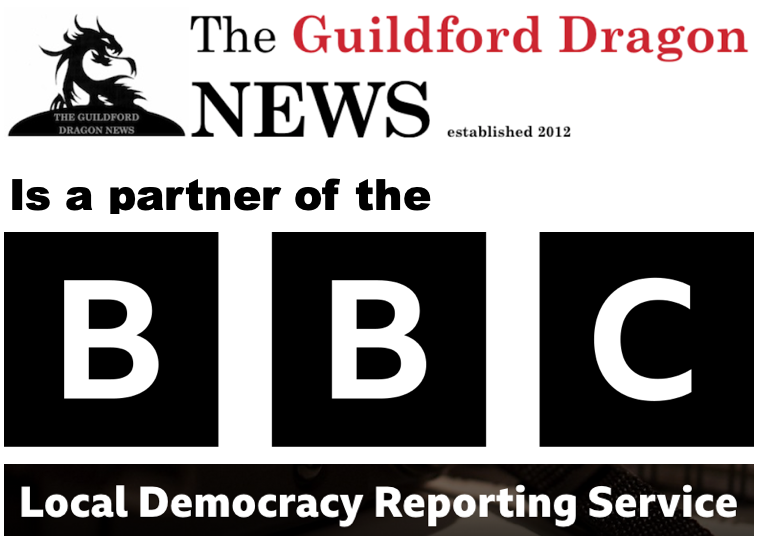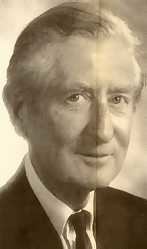 Abraham Lincoln
If given the truth, the people can be depended upon to meet any national crisis...
Abraham Lincoln
If given the truth, the people can be depended upon to meet any national crisis...
 Guildford news...
for Guildford people, brought to you by Guildford reporters - Guildford's own news service
Guildford news...
for Guildford people, brought to you by Guildford reporters - Guildford's own news service
Parke’s People No.10. Sir Hugh Dundas
Published on: 14 Nov, 2012
Updated on: 14 Nov, 2012
In the latest of an occasional series about people who have a connection with Guildford in one way or another, Bernard Parke recalls Sir Hugh Dundas, a former High Sheriff of Surrey.
In 1989 I had the great honour to be elected Mayor of Guildford, at the same time that Sir Hugh Dundas became High Sheriff of Surrey.
To speak with him one had very little idea that he had such a distinguished war record.
His family had him articled to a solicitor, but to their dismay he left and joined the Royal Auxiliary Air Force just as the Second World War was about to break out.
Hugh was tall to say the least, standing at 6ft 4in. He had red hair and because of this an air force colleague, Flt Lieut Teddy St Aubyn, said he resembled “a bloody great Rhode Island red cockerel”, and so he gave him the nickname “Cocky”.
Unfortunately, Flt Lt St Aubyn was shot down and killed shortly afterwards as indeed was Hugh’s brother, John. At the time of his death he had achieved 11 “kills”, one of which was the German fighter ace. Helmut Wick.
Hugh became a renown fighter ace in his own right with 11 victories. He went on to join a training unit for French pilots.
His causal appearance, and perhaps his unruly pet dog, were not well received by his commanding officer. This came to a head when General de Gaulle visited the unit. The French general also took exception to Hugh’s approach to the occasion, and as a result he was posted to Tangmere in West Sussex, then under the command of Douglas Bader.
Shortly afterwards “Cocky” flew the first ill-fated ground attack aircraft known as the Typhoon. The early version of it had already claimed several lives as it was so difficult to fly. He was instrumental in identifying its faults and eventually the aircraft became a first class fighter. The name Typhoon has, of course, been recycled and given to the latest fighter.
He also saw action in the Mediterranean. On a sortie over Italy he was hit by flak and rather than bale out over the hostile terrain he nursed his stricken aircraft back to a safe landing area. This event led to him becoming the youngest RAF group captain at the age of 24.
During the war he met up with Lord Beaverbrook’s son, Max Aitken, which stood him in good stead. In 1948 he joined Beaverbrook Newspapers as its flight correspondent.
He later worked for Rediffusion where he oversaw the introduction of the cable network and the arrival of colour television. In later years he became a director of Thames Television.
His charity work was legion.
In 1950 he married Enid Lawrence, the sister of the Daily Telegraph racing correspondent Lord Oaksey.
They lived at Dockenfield near Farnham.
Sir Hugh died in 1995 aged 74. He is “one of the few” we should never forget.

Click on cartoon for Dragon story: Public Asked for Views on SCC’s Proposal for Reduced Speed Limits




Recent Articles
- Highways Bulletin: Reimagining Parking with Green Design
- Opinion: Never Have We Needed the Benefits of the Natural World More
- SCC Calls on the Government To Protect the Environment
- Two-Week Road Closure on Portsmouth Road for Gas Network Upgrade
- Charlotteville Cycling Club Organises Another Successful Race Event
- Waverley Council To Bring Green Space Maintenance In-house
- A New Dementia Centre for Guildford
- Lib Dems Easily Hold Three Council Seats in Surrey By-elections
- UK Students to Launch International Space Mission
- New Skate Park Proposed for Cranleigh



Search in Site
Media Gallery
Dragon Interview: Local Artist Leaves Her Mark At One of England’s Most Historic Buildings
January 21, 2023 / No Comment / Read MoreDragon Interview: Lib Dem Planning Chair: ‘Current Policy Doesn’t Work for Local People’
January 19, 2023 / No Comment / Read MoreA3 Tunnel in Guildford ‘Necessary’ for New Homes, Says Guildford’s MP
January 10, 2023 / No Comment / Read More‘Madness’ for London Road Scheme to Go Ahead Against ‘Huge Opposition’, Says SCC Leader
January 6, 2023 / No Comment / Read MoreCouncillor’s Son Starts Campaign for More Consultation on North Street Plan
December 30, 2022 / No Comment / Read MoreCounty Council Climbs Down Over London Road Works – Further ‘Engagement’ Period Announced
December 14, 2022 / No Comment / Read MoreDragon Interview: GBC Reaction to the Government’s Expected Decision to Relax Housing Targets
December 7, 2022 / No Comment / Read MoreHow Can Our Town Centre Businesses Recover? Watch the Shop Front Debate
May 18, 2020 / No Comment / Read More








Recent Comments